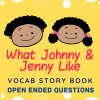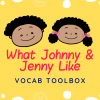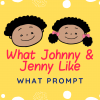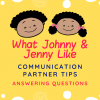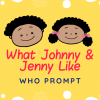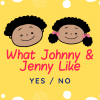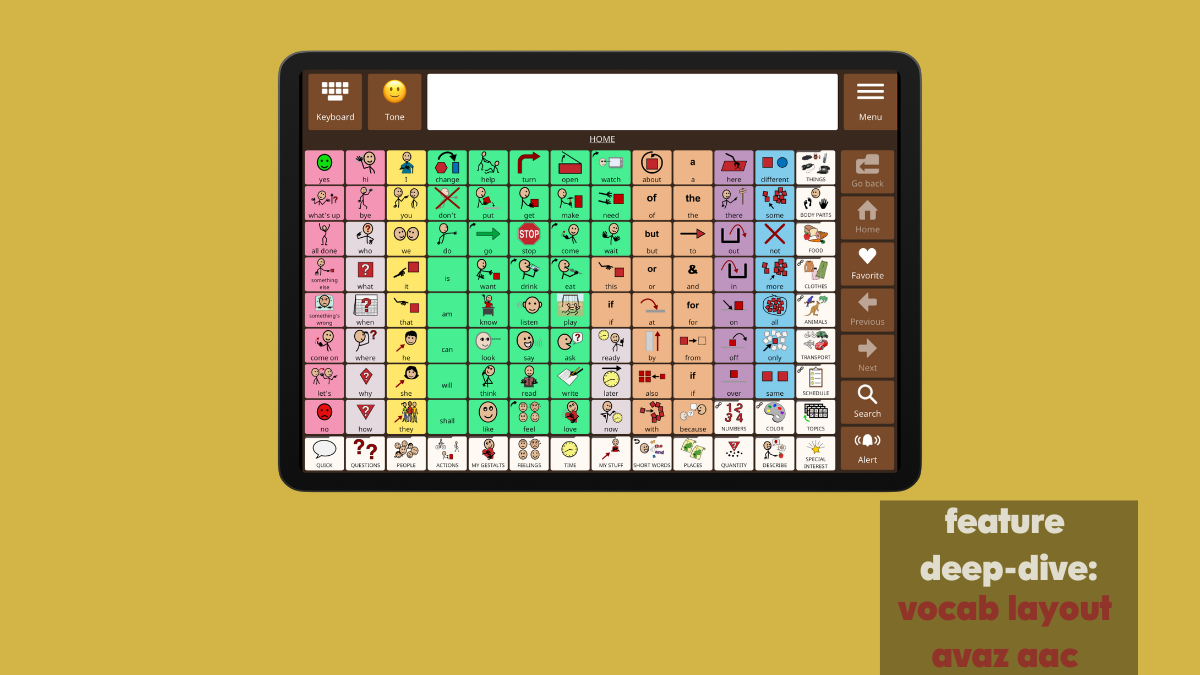In the previous blog, we learnt strategies and vocabulary required for a few communicative functions such as Refusing and Commenting. This week, let’s see how we can build language for a few more communicative functions – namely, Greetings, Answering Questions, and Expressing Feelings. There are, of course, more communicative functions and we’ll see how we can build a communicator’s language for those purposes in future blogs.
Greetings:
Greetings are one of the fundamental components of social communication. It sets the tone for conversations and gets communicators started on making connections with others.
Strategies:
- Teach them to wave hi, give high fives, and fist bumps (or foot-taps and elbow bumps during these COVID times). You can come up with more elaborate and cooler greetings young kids are into these days to get them motivated.
- Use low tech cards with Hi, Hello, and vocabulary for other pleasantries we commonly exchange.
- Enlist a peer such as a friend or a sibling and encourage the children to greet each other.
- If the communicator has a high tech AAC system, make sure they have quick access to pre-stored phrases for greetings.
Vocabulary:
Hi, Hello, How are you, Good morning, Thank you. I’m fine
Answering Questions
Asking too many questions can make the communicator feel tested. So, we must make sure we make a lot of comments and observations too as we ask questions. It’s also important to include open-ended questions to encourage the communicators to express their thoughts on any given topic.
Strategies:
- A good point to start will be questions about the communicator’s favourite objects or activities.
Is this your truck?
Do you want to listen to music now?
If you are convinced that the communicator’s answer to these questions will be a ‘Yes’, model the language by tapping ‘Yes’ on the AAC system. Make sure to reinforce it by granting the object/activity immediately.
Ask open-ended questions related to the communicator’s favourite thing / activity.
This truck looks cool. What other toys do you like?
2. Ask questions related to pictures, storybooks, and television shows the child is interested in.
‘What’s the little girl eating?’
‘Who gave cake to the dog?
Make a few comments before asking the questions and encourage the communicator to make inferences from what they’re reading.
The mom looks mad because Jessica lied to her.
Do you think Jessica is going to be punished?
3. Involve peers and make them ask questions to each other. Children learn better when it’s more fun. Have children make silly faces or make silly dance moves and then ask them to stop.
‘Do you want to continue making silly faces?’
If the communicator responds, acknowledge and praise. Explain what they have conveyed to you by saying ‘Yes’.
Ex’Oh..you’re saying ‘Yes’. So, you’re saying you’d like to keep making silly faces. Sure. Go ahead’
Vocabulary:
Yes, No, Agree, Disagree, here, there, now, later, etc.
Communicative Functions with Reading
Shared reading can be a great way to teach communicative functions to AAC users. As you read text, encourage the communicator to answer questions. We have put together a Language Learning Bundle with a story to encourage answering questions in emergent communicators.
How to Use the Bundle:
Download all the above resources as a Language Builder Bundle here



